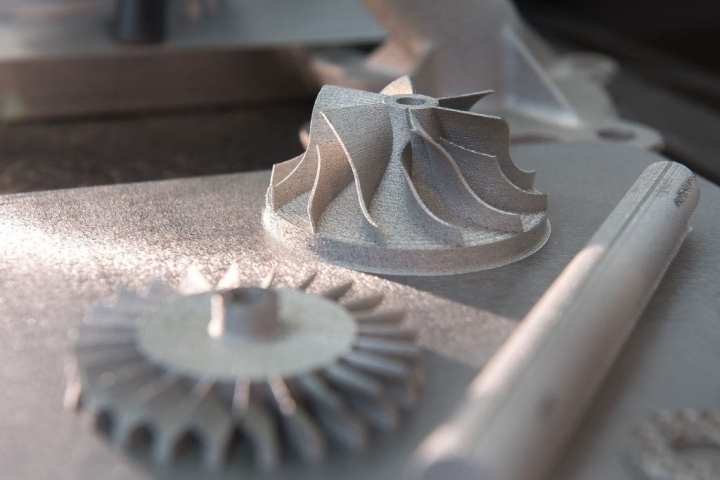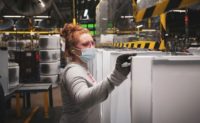3D Systems Taking Part in Two Projects for CCDC Army Research Laboratory

ROCK HILL, SC—3D Systems is involved in two projects for the Combat Capabilities Development Command (CCDC) Army Research Laboratory. The first is the creation of the world’s largest powder-metal 3D printer. The other focuses on topical optimization of additive manufacturing to improve the Army's 3D-printed products.
3D Systems was awarded a $15 million contract in the third quarter of 2019 for the metal 3D printer project. Since then, the company's engineering and applications experts have developed a nine-laser metal 3D printer that measures 1 meter by 1 meter by 600 millimeters, making it the largest of its kind in the industry.
At the end of October 2020, 3D Systems completed the first test print, using a selective powder deposition process. This unique concept limits the amount of material needed to produce very large parts by depositing the material only where it is needed in the build–accelerating time-to-final part and reducing material cost. The build chamber also includes a heated build plate to reduce thermal stress and also improve deposition quality during the build.
To create this next-generation platform, 3D Systems is leveraging key technologies from its Direct Metal Printing (DMP) platform, which is foundational to the Company’s DMP Flex 350, DMP Factory 350, and DMP Factory 500 3D printers. Its 3DXpert additive manufacturing software and LaserForm materials are also being used.
The topical optimization project was just announced last week. This project requires a large frame additive manufacturing system, and 3D Systems designed a bespoke unit on its DMP Factory 500 Solution. The unit is necessary to topologically optimize the design and manufacture the part with attention to process monitoring for quality control, component performance validation, and data security.
3D Systems will work in conjunction with Raytheon Technologies, the Penn State Applied Research Lab, Johns Hopkins University, and Identify3D. In addition to the thermal application, the collective research team will develop and evaluate new technology for process modeling and defect prediction, process monitoring and defect detection, topology optimization, and cyber-physical security.
Looking for a reprint of this article?
From high-res PDFs to custom plaques, order your copy today!








